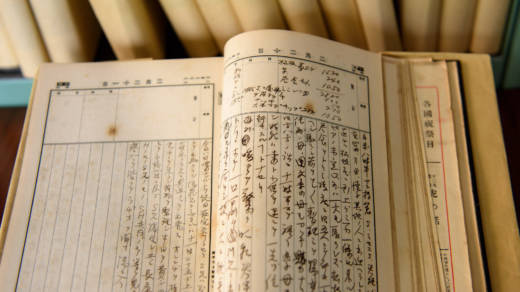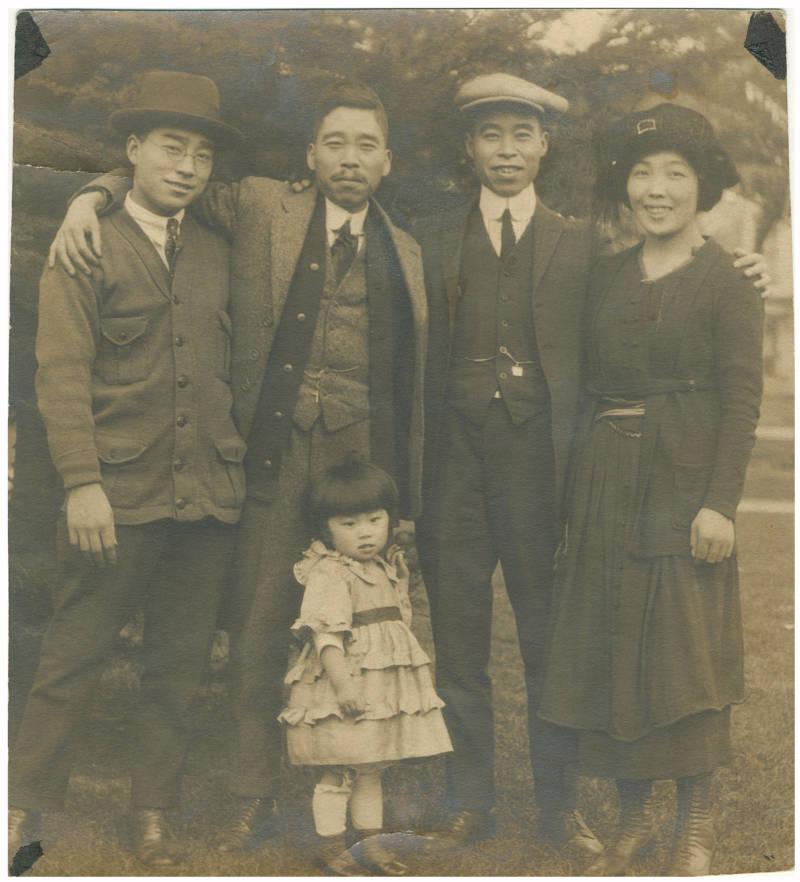Hisao Magario was a Japanese businessman who lived in the Bay Area, on and off, from 1907 to 1926. From the 1920s until his death in Japan in 1960, Magario kept meticulously detailed diaries, filling 40 journals with his personal experience of the 20th century.
These precious journals now reside in Stanford’s East Asia Library, thanks to a donation from Magario’s descendants in Japan. The donation includes all of Magario’s journals, as well as journals from his wife, and family photos.
“These are the building blocks from which history is written,” says Stanford American History Professor Gordon Chang. “We don’t have many rich sources to tell us about the life of everyday people. To have 40 years of diaries is amazing.”
Magario’s diaries tell of a young man keen to avoid military service in Japan. An immigrant to the United States who started off washing dishes, Magario eventually launched a thriving, trans-Pacific retail chain selling hot imports, like silk and fireworks.
He might have spent the rest of his life in the Bay Area had it not been for growing anti-Japanese sentiment in California ahead of World War II. Magario returned to Japan. But his wife’s family stayed on to manage the business, until they were forced to liquidate and relocate to an internment camp in Utah.
Following in her great-grandfather’s footsteps
“He came from a respected family,” says Magario’s great-granddaughter, Miki Nakajima, whose own personal journey would bring the story of her family to Stanford’s archives. “In the U.S., he built his own life.”





